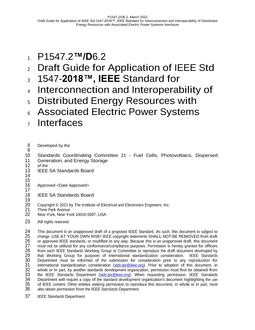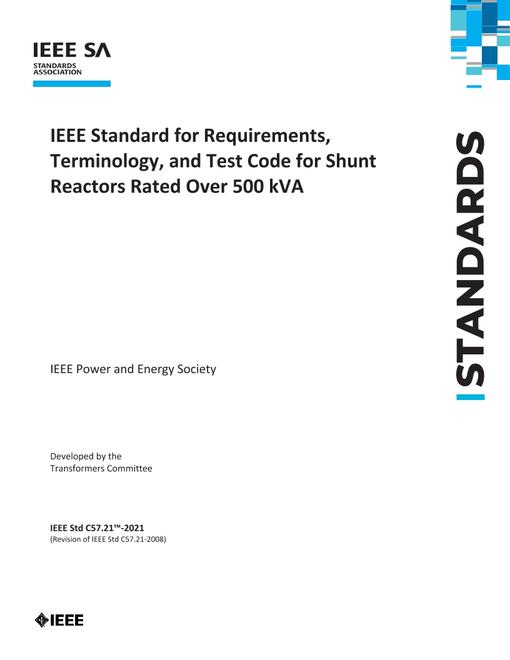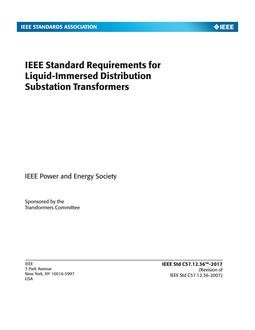Full Description
Scope
This Standard defines an application profile which provides an interface between the smart grid and users. It enables management of the end user energy environment, including demand response, load control, price communication, distributed generation, energy storage, and electric vehicles as well as the support of additional commodities including water, natural gas, and steam. This standard defines the mechanisms for exchanging application messages, the exact messages exchanged including error messages, and the security features used to protect the application messages. This standard focuses on a variety of possible architectures and usage models including direct communications between a service provider and consumers/prosumers, communications within a premises network, and communications between a service provider and an aggregator. Lastly, this Standard sources elements from many existing standards, including IEC 61968 and IEC 61850, and follows a RESTful architecture utilizing widely adopted protocols such as TCP/IP and HTTP. In addition it supports all of the needs of IEEE 1547-2018
This revision maintains backwards compatibility with IEEE 2030.5-2018, except for elimination of the requirements for mandatory DERControl modes, while providing an expanded feature set.
Purpose
The purpose of this standard is the definition of an application profile interfacing the smart grid and users. This is critical in enabling the management of distributed generation, electric vehicles, energy storage, the end user energy environment, including demand response, load control, and price communication, as well as the support of additional commodities including water, natural gas, and steam. Maintaining grid stability, which is becoming a major problem in many areas, and coping with the anticipated rising cost of energy are just two of several problems requiring this kind of management capability. In an effort to facilitate global utilization, this Standard sources elements from many existing standards, including IEC 61968 and IEC 61850, and follows a RESTful architecture utilizing widely adopted protocols such as TCP/IP and HTTP. It also supports all of the needs of IEEE 1547-2018.
Abstract
Revision Standard - Active - Draft.
The application layer with TCP/IP providing functions in the transport and Internet layers to enable utility management of the end user energy environment, including demand response, load control, time of day pricing, management of distributed generation, electric vehicles, etc. is defined in this standard. Depending on the physical layer in use (e.g., IEEE 802.15.4, IEEE 802.11, IEEE 1901, IEEE 1901.2), a variety of lower layer protocols may be involved in providing a complete solution. Generally, lower layer protocols are not discussed in this standard except where there is direct interaction with the application protocol. The mechanisms for exchanging application messages, the exact messages exchanged including error messages, and the security features used to protect the application messages are defined in this standard. With respect to the Open Systems Interconnection (OSI) network model, this standard is built using the four layer Internet stack model. The defined application profile sources elements from many existing standards, including IEC 61968 and IEC 61850, and follows a RESTful architecture (Fielding [B2]) using IETF protocols such as HTTP.









